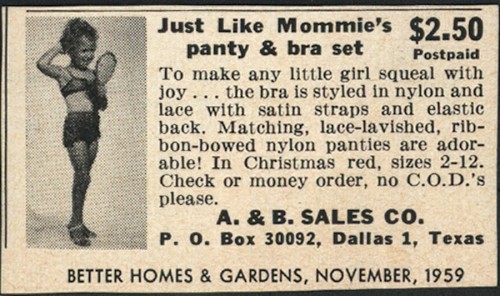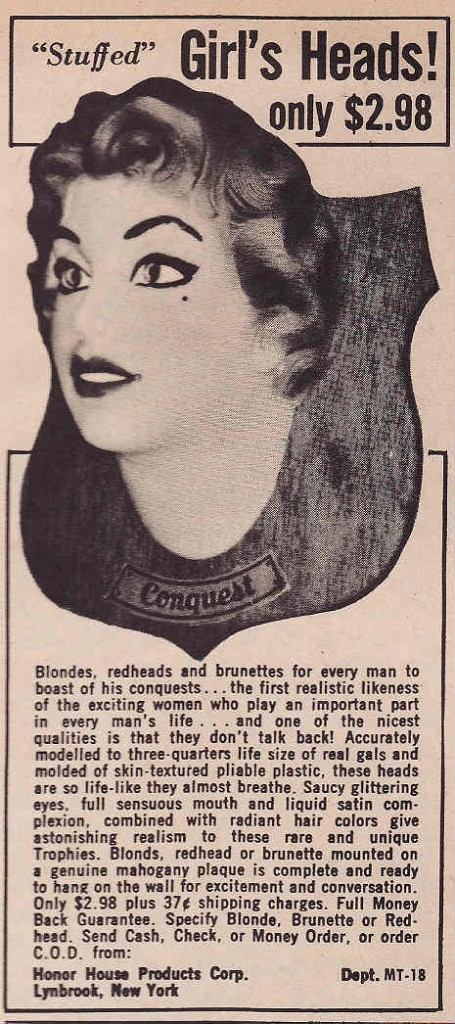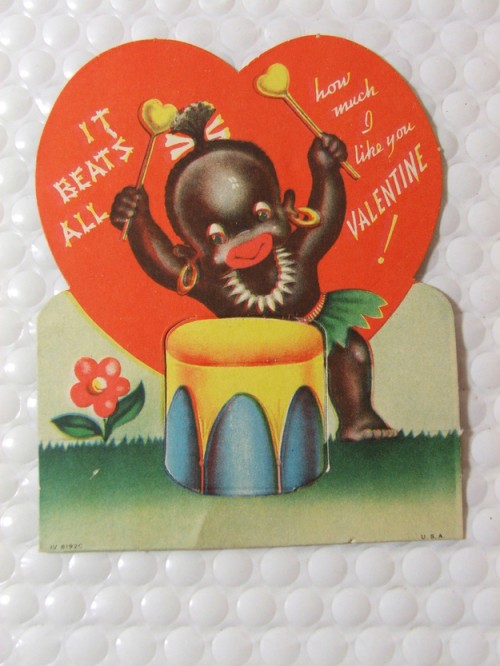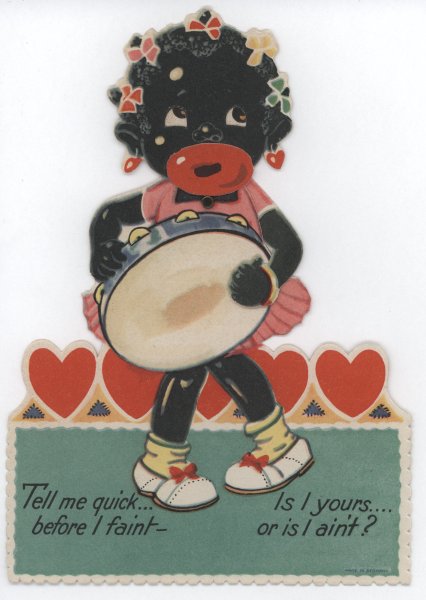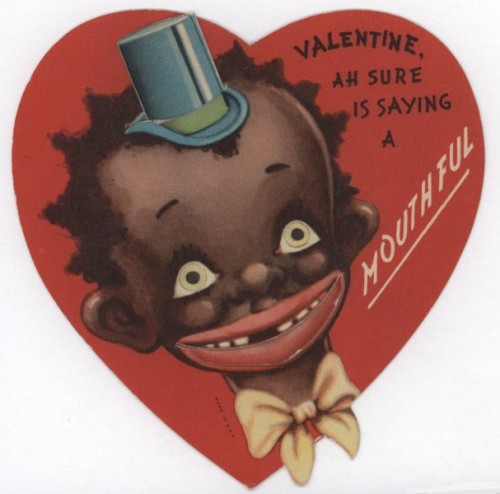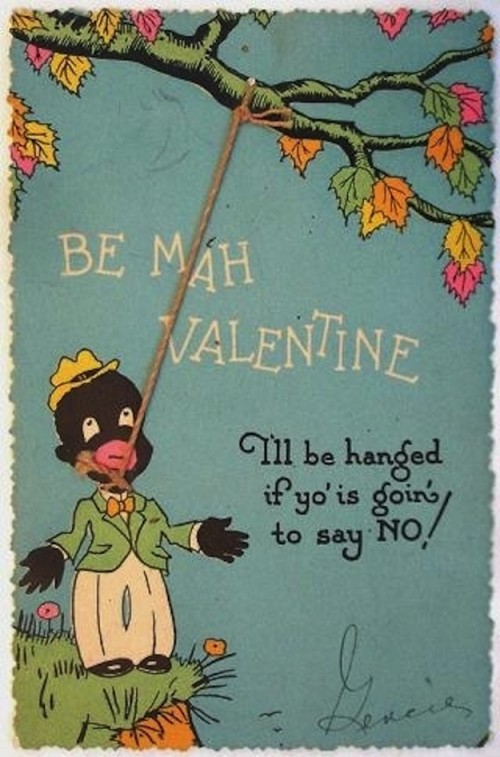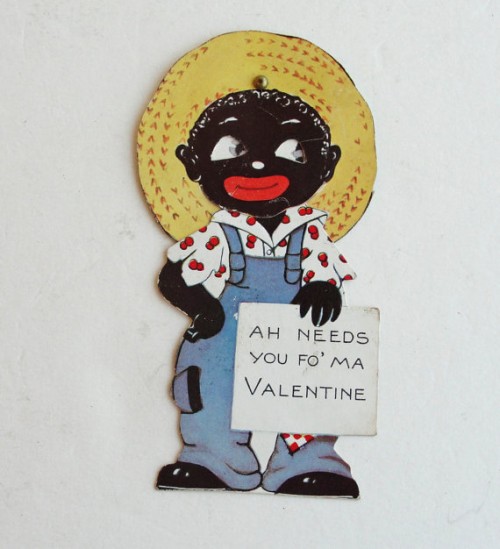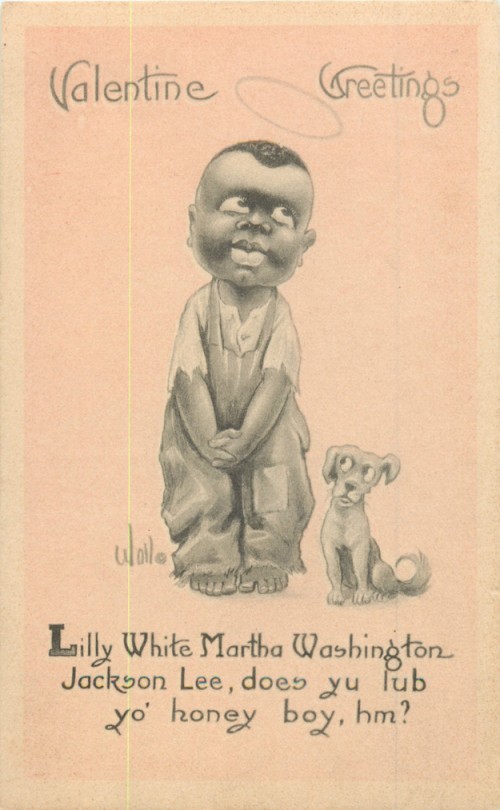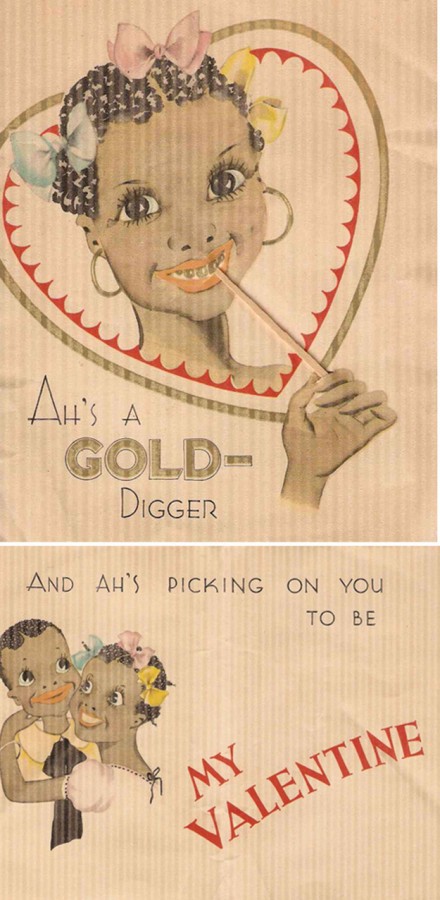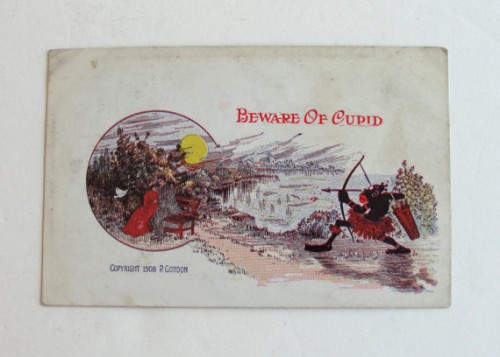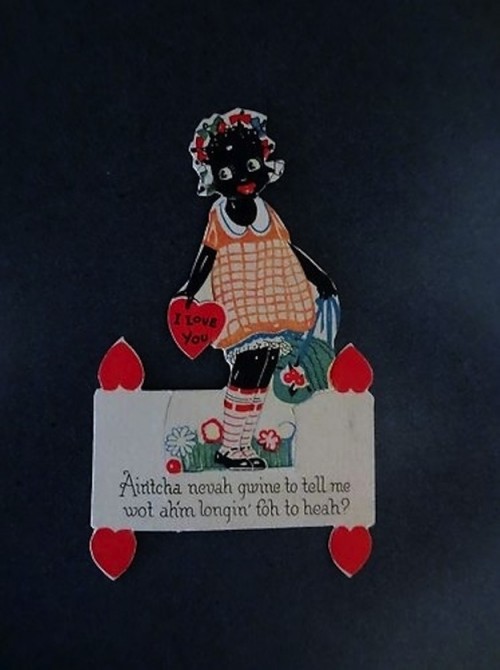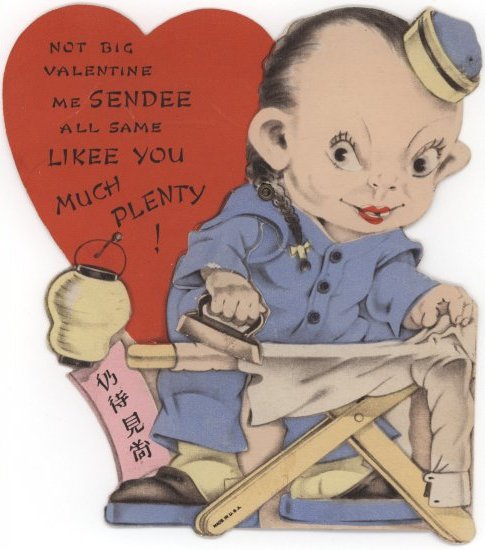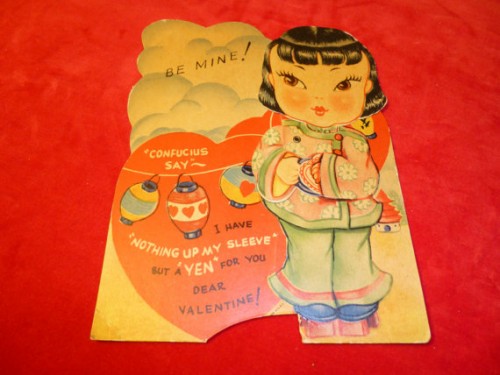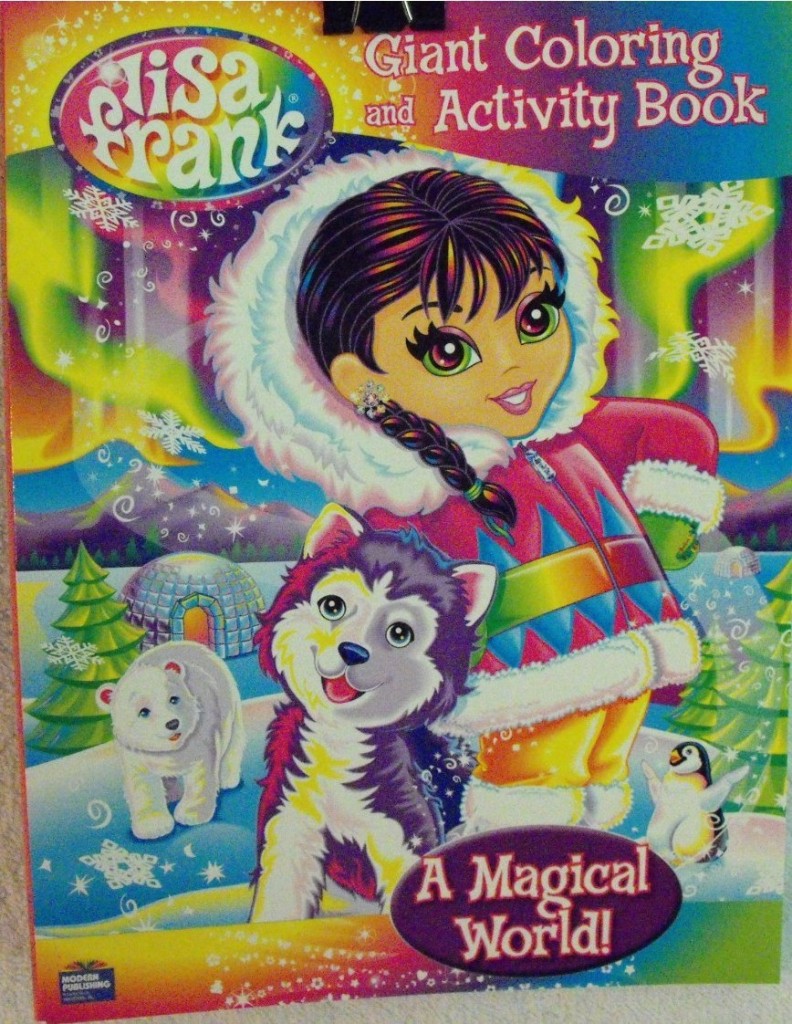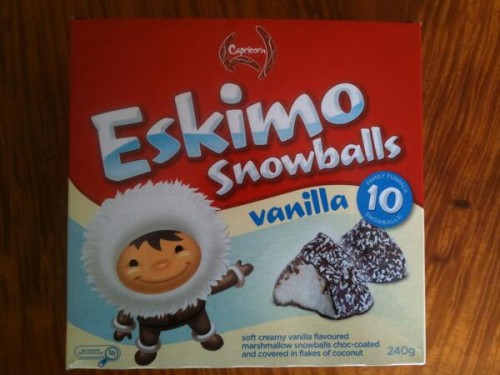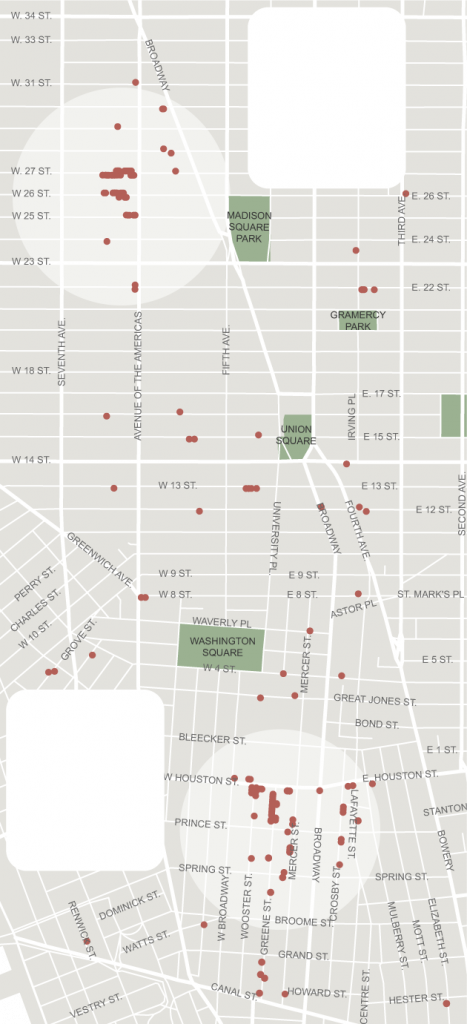History and women’s studies professor Keri Manning, along with Aydrea at The Oreo Experience, Sully R., and Dmitriy T.M., sent a link to a series of illustrations of pin-up girls (from the ’50s, I’m estimating) alongside the original photograph on which they were modeled (Buzzfeed). Today we bemoan photoshopping, and here we have pre-photoshop examples of the kind of free-reign that artists had in idealizing their subject. Dr. Manning notes, for example, that overall:
Bellies become flatter. Breasts become perkier. Cleavage appears that wasn’t there before. Waistlines shrink; the difference between the bustline and waistline gets more pronounced. Hair gets longer. Hair goes from brunette to blonde. Inner thighs emerge from the shadows. Cheeks become flushed, lips are quite red.
An interesting look at a photoshop forerunner. See the images at Buzzfeed and Pristina.
Lisa Wade, PhD is an Associate Professor at Tulane University. She is the author of American Hookup, a book about college sexual culture; a textbook about gender; and a forthcoming introductory text: Terrible Magnificent Sociology. You can follow her on Twitter and Instagram.

